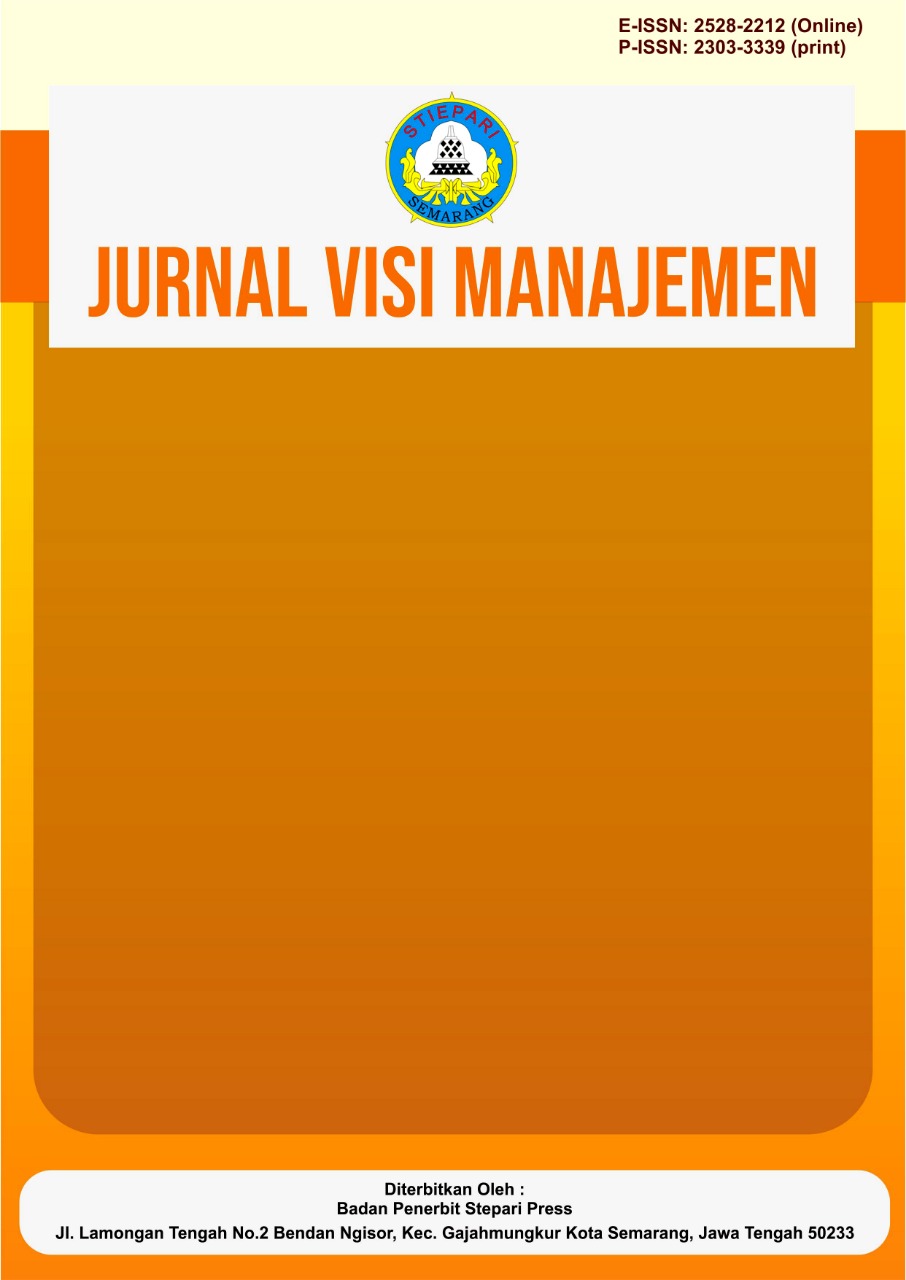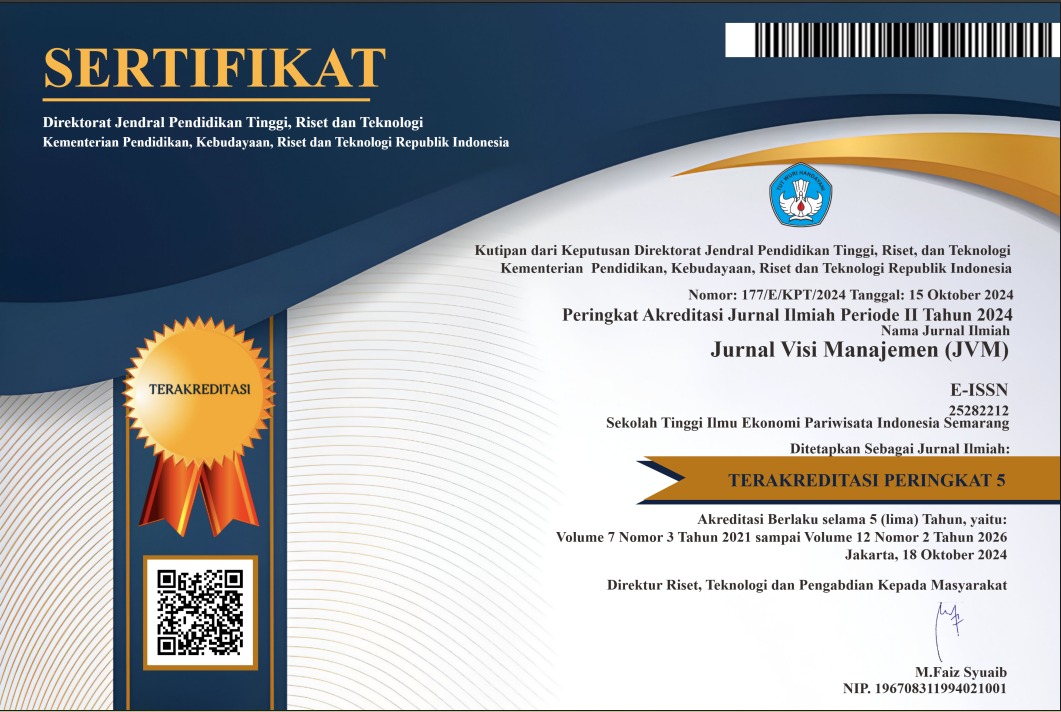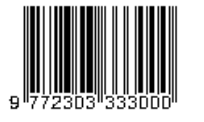Analisis Strategi Pemasaran dalam Meningkatkan Keunggulan Bersaing dengan Pendekatan SWOT pada Burger Eat Aja
DOI:
https://doi.org/10.56910/jvm.v11i3.757Keywords:
Competitive Advantage, Culinary Industry, Marketing Strategy, MSMEs, SWOTAbstract
This study aims to analyze the marketing strategies implemented by the Burger Eat Aja MSME to increase its competitive advantage amidst the intense competition in the culinary industry. The research method used is descriptive qualitative with a case study approach. Data were obtained through direct observation, interviews with the owner and consumers, and documentation of business activities. Furthermore, the data were analyzed using the SWOT, EFAS, IFAS, and IE matrix methods to obtain a comprehensive picture of the business position and applicable strategies. The results show that Burger Eat Aja has several key strengths, including a strategic business location, a distinctive taste that distinguishes it from competitors, and a varied menu that is able to attract consumers from various segments. However, several weaknesses were also found, such as relatively higher product prices compared to competitors, inconsistent service quality, and limited available facilities. On the other hand, there are significant opportunities that can be utilized, such as the increasing trend of fast food consumption, the development of online application-based delivery services, and the effectiveness of promotions through social media in reaching a wider consumer base. Threats faced include the large number of new competitors, fluctuations in raw material prices, and dynamic changes in consumer tastes. Based on the IE matrix analysis, Burger Eat Aja is in quadrant II (Grow and Build), indicating that an aggressive growth strategy is necessary. Recommended strategies include improving service quality, regularly innovating menu items in line with trends, optimizing digital promotions, and strengthening customer relationships to foster loyalty. With this strategy, Burger Eat Aja is expected to maintain its presence and strengthen its position in the culinary industry.
References
a., F., Dahmiri, D., & Indrawijaya, S. (2021). Pengaruh orientasi kewirausahaan dan keunggulan bersaing terhadap keberhasilan usaha pada Rumah Makan Dendeng Batokok di Provinsi Jambi. Jurnal Manajemen Terapan dan Keuangan, 9(3), 172–182. https://doi.org/10.22437/jmk.v9i03.12199
Anwar, M. (2020). Manajemen strategik daya saing dan globalisasi. Gastronomía Ecuatoriana y Turismo Local, 1(69), 1–105.
Arda, M. (2019). Meningkatkan keunggulan bersaing melalui analisis SWOT. Perwira: Jurnal Pendidikan Kewirausahaan Indonesia, 2(1), 61–69. https://doi.org/10.21632/perwira.2.1.61-69
Dalimunthe, M. B. (2017). Keunggulan bersaing melalui orientasi pasar dan inovasi produk. Jurnal Konsep Bisnis dan Manajemen, 3(1), 18–31. https://doi.org/10.31289/jkbm.v3i2.357
Darsana, I. M., Rahmadani, S., Salijah, E., Akbar, A. Y., Bahri, K. N., Amir, N. H., Jamil, S. H., Nainggolan, H. L., Anantadjaya, S. P., & Nugroho, A. (2021). Strategi pemasaran. Infes Media.
Fatmawati, R. A. (2016). Pengaruh orientasi pasar, orientasi kewirausahaan terhadap keunggulan bersaing dan kinerja pemasaran pada warung kucingan/angkringan di Kota Semarang. Jurnal Ilmu Administrasi Bisnis, 5(3), 351–352.
Hajar, S., & Sukaatmadja, I. P. G. (2016). Keunggulan bersaing memediasi pengaruh orientasi kewirausahaan terhadap kinerja pemasaran. E-Jurnal Manajemen Unud, 5(10), 6580–6609.
Irawan, C. R. (2024). SWOT analysis as a company strategy for business competition. Scientific Journal of Tourism and Leisure, 1(4), 164–171. https://doi.org/10.38035/sjtl.v1i4.158
Kotler, P., & Armstrong, G. (2018). Prinsip-prinsip marketing (Edisi ke-7). Salemba Empat.
Musarofah, S., Ardiansyah, Kusnanto, I., & Sawabi. (2022). SWOT analysis marketing strategy in creating a competitive advantage home industry handicraft folding mat (Studies on CV. Excellent Group). International Journal of Economics, Business and Innovation Research, 1(1), 127–141.
Porter, M. E. (1980). Competitive strategy: Techniques for analyzing industries and competitors. Free Press.
Sugiyono. (2018). Metode penelitian kuantitatif, kualitatif dan R&D. Ikatan Penerbit Indonesia (IKAPI).
Sugiyono. (2020). Metodologi penelitian kuantitatif, kualitatif dan R & D (Edisi ke-19). Alfabeta.
Wiswasta, I. G. N. A., Agung, I. A. A., & Tamba, I. M. (2018). Analisis SWOT (Kajian perencanaan model, strategi, dan pengembangan usaha).
Yatminiwati, M. (2019). Manajemen strategi: Buku ajar perkuliahan bagi mahasiswa. Widya Gama Press.
Downloads
Published
How to Cite
Issue
Section
License
Copyright (c) 2025 Jurnal Visi Manajemen

This work is licensed under a Creative Commons Attribution-ShareAlike 4.0 International License.







